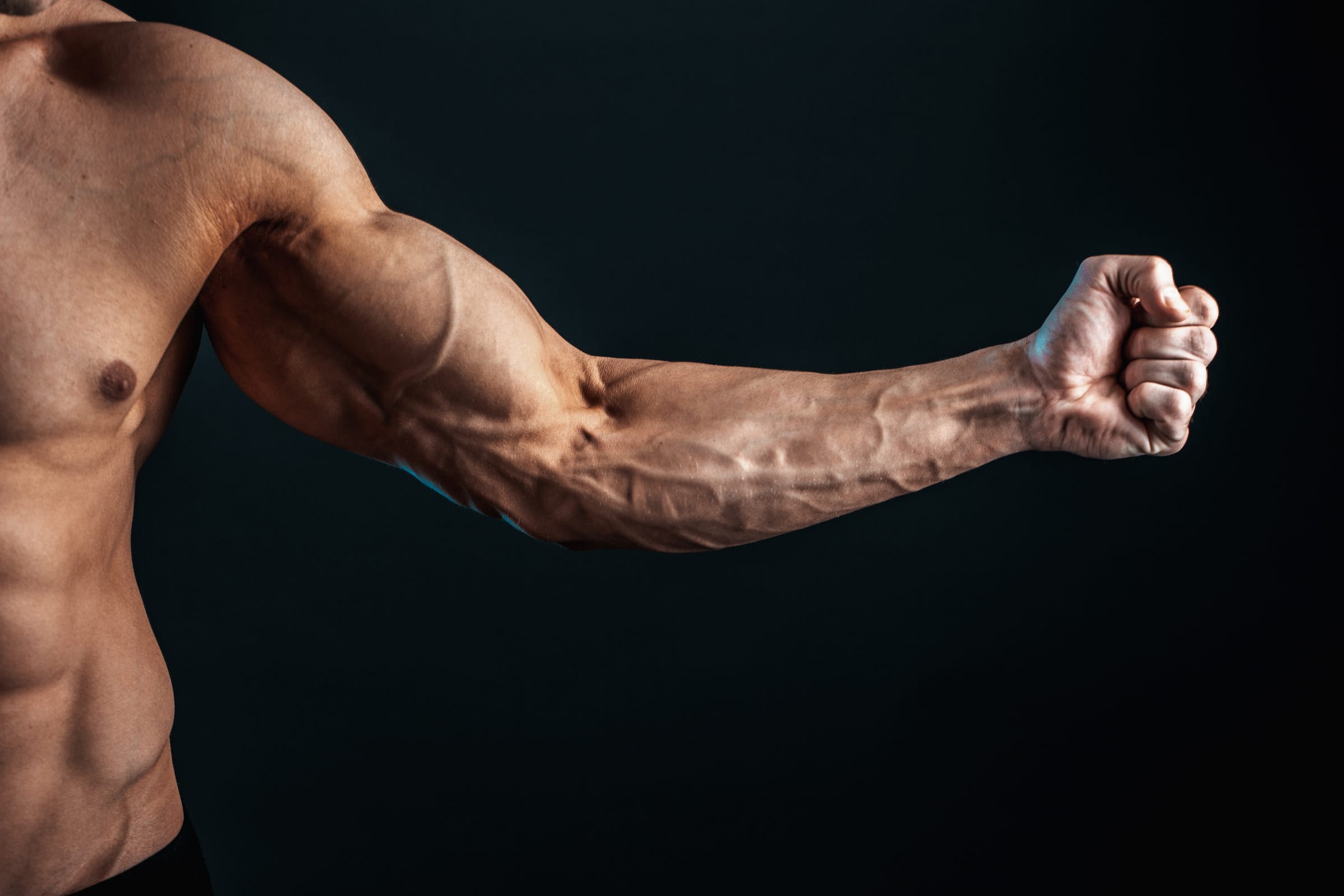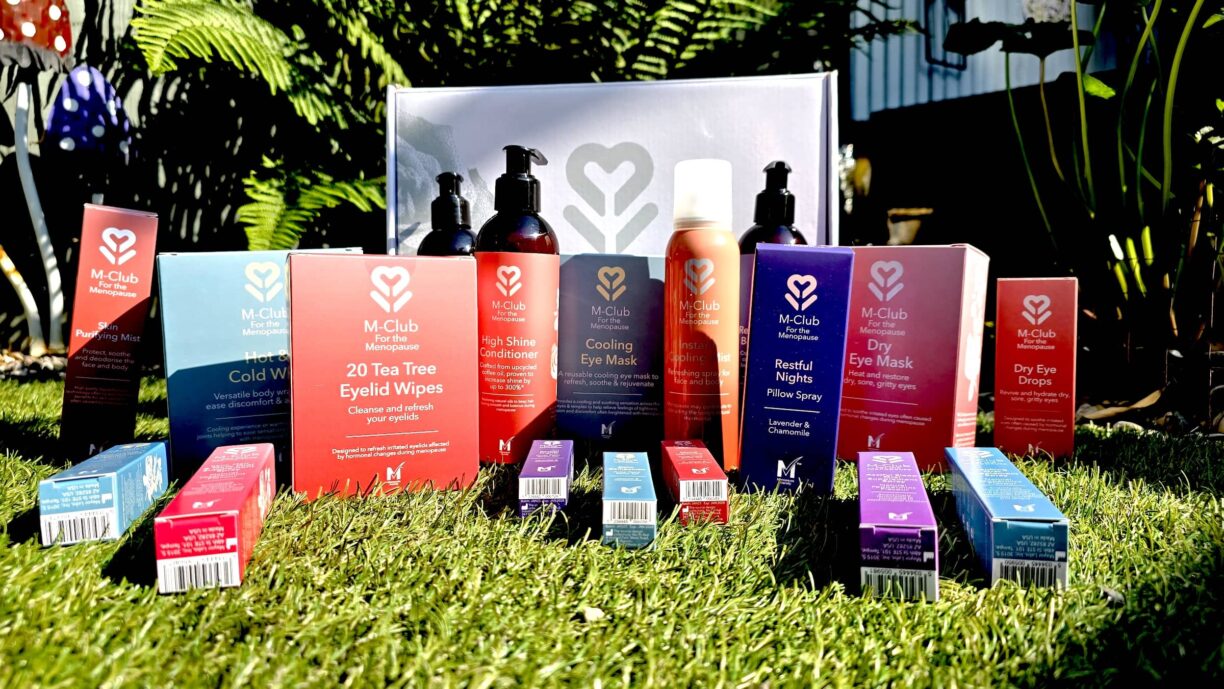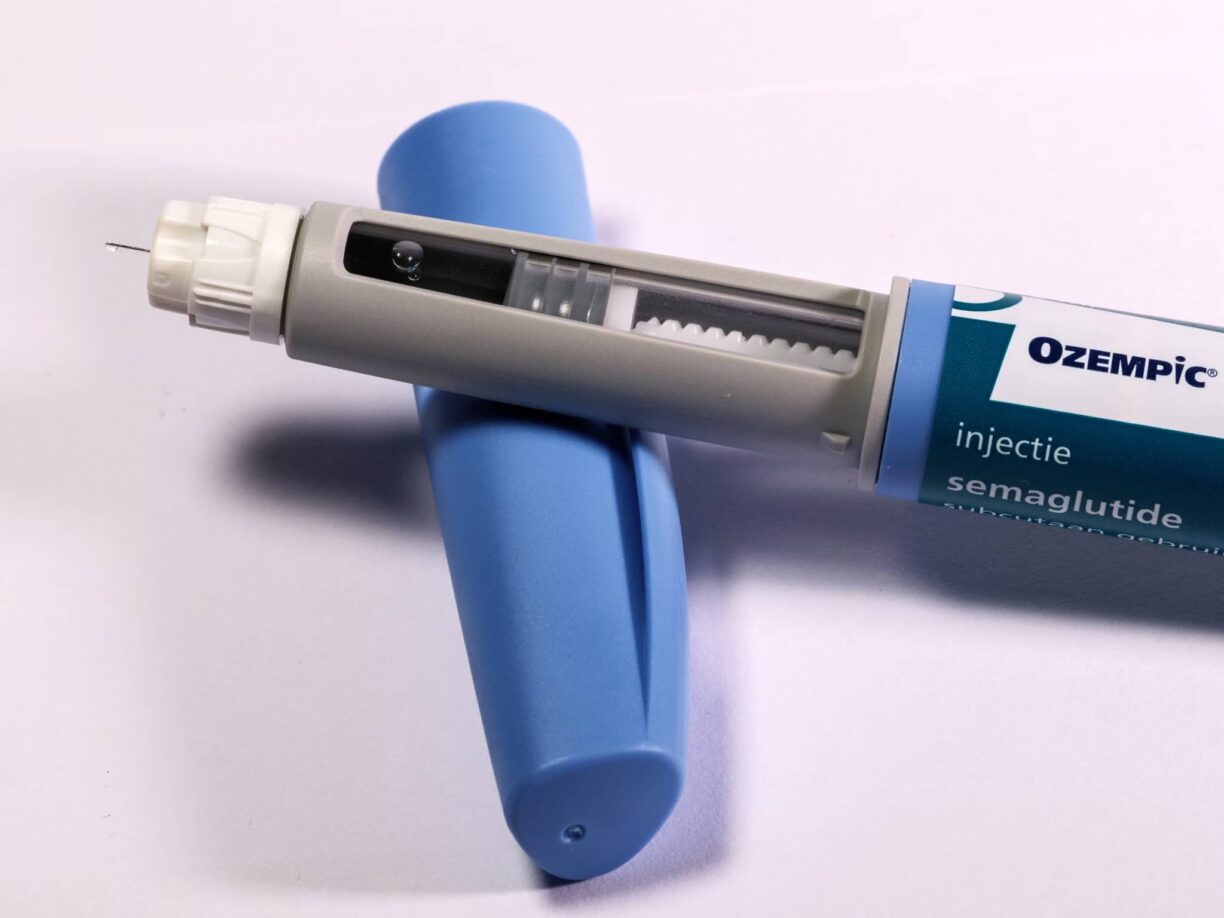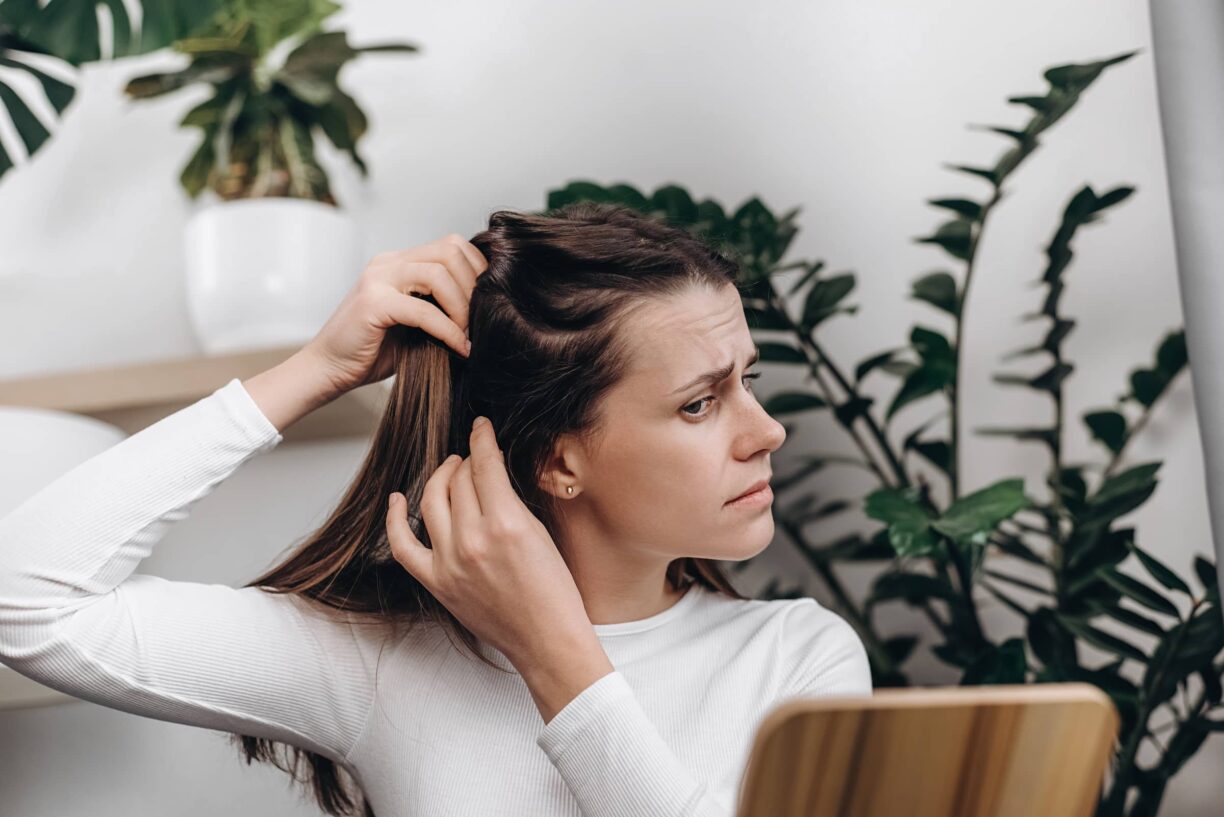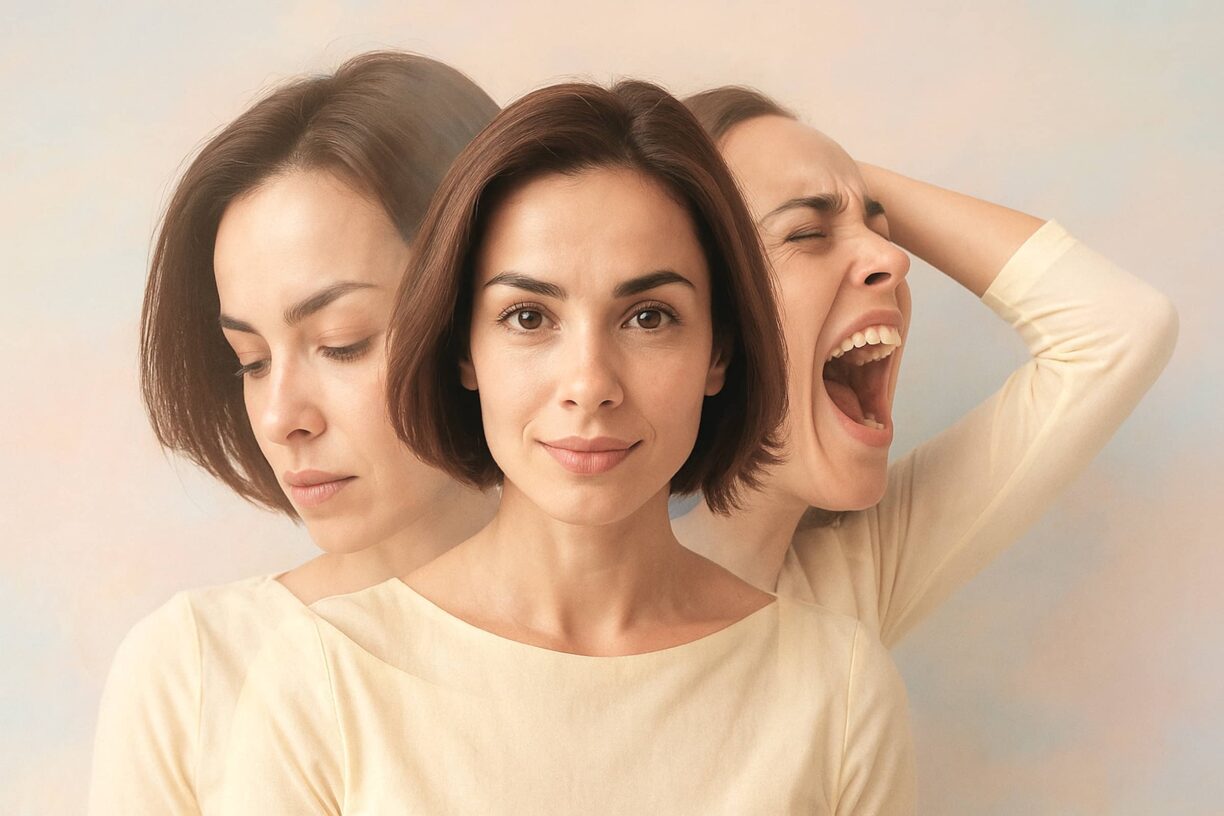Around 20 million people in the UK live with poor vein health and whilst this doesn’t usually cause life-threatening concerns, for most, the discomfort, pain and self-consciousness has a big impact on quality of life and for many, it often leads to poor body image.
Most of us understand the importance of good cardiovascular health, but how many of us think specifically about good vein health? Understanding and identifying the early signs of vein problems can often prevent worsening problems as we get older.
Each adult has around 60,000 miles of blood vessels (arteries, veins and capillaries) inside their body, enough to wrap around our planet more than twice[1]; whilst our arteries carry oxygenated blood around the body, veins carry the de-oxygenated blood back to the heart.
Tiny one-way valves ensure that the blood flows in the right direction, but when these valves become damaged and stop working effectively, it can be difficult for blood to work against the forces of gravity and it collects (pools) and causes swelling.
Professor Stephen Black, Vascular Consultant and Surgeon at UK Vein Clinic describes the effects of unhealthy veins:
“Swollen veins cause swelling, usually in the legs and ankles, which can lead to a tired, heavy and achy feeling.
They can become itchy and painful, and when they start to become noticeable, can cause distress and embarrassment because they don’t look very nice.
Some patients also experience numbness, tingling or burning sensations and most people who live with vein disorders find standing for long periods of time uncomfortable, and in the longer term, may find that wounds take longer to heal.”
Who’s at risk?
Family history is a major factor in vein health and if one or both of your parents has suffered from varicose veins, there’s a strong possibility that you will too.
Vein disorders, sometimes called vein disease or Chronic Venous Insufficiency (CVI), are more common in older people and women, although they can affect people of any age, regardless of their gender.
Lifestyle also influences vein health: being overweight increases risk and smokers are also more likely to develop problems with their veins.
People who spend large parts of the day on their feet, like hairdressers, shopworkers, nurses and aircrew, are also at higher risk for vein disorders. When the damaged valves in their veins aren’t working effectively, blood can’t keep moving upwards and the effects of gravity lead to the blood pooling.
HOW CAN YOU SPOT VEIN DISORDERS?
Unfortunately, a lack of understanding means that too many people put up with vein problems because for the most part, they simply don’t know the difference between healthy veins and veins that might need a little bit more attention.
Lots of people think that it’s just a part of getting older but knowing how to recognise the signs of vein problems can put you back in control and help you take steps to address the problems before they start to control your life.
Professor Stephen Black, Vascular Consultant and Surgeon describes five signs that can indicate poor vein health
Poor circulation symptoms
Numbness or tingling in the hands or feet, or cold hands and feet can often be the first sign of poor circulation, because it can mean that the blood flow is restricted. It’s always recommended that you get this checked out by a healthcare professional to investigate the causes and understand potential complications.
Prominent veins
Veins that are noticeable, particularly in your legs or feet are often the first sign of potential problems. If the tiny valves in veins are damaged, blood pools in other veins, which causes them to become enlarged and more noticeable.
Heavy, tired or aching legs
Patients often report that their legs ache and feel heavy and swollen, which is because of the build-up of fluid and the poor circulation of healthy blood.
It can often take extra effort just to move and legs feel fatigued, particularly towards the end of the day or if they’ve been on their feet for long periods of time.
This doesn’t always occur with prominent veins, so the heavy aching feeling can be the first sign of vein problems for some patients.
Changes to skin
Deteriorating veins can become apparent in other, less obvious ways. As blood circulation deteriorates, the skin around the ankle and leg can thin and appear shiny; gradually the skin becomes harder and drier, which may eventually lead to cracking or discolouration.
Burning, throbbing, painful or itchy varicose veins
Most patients may not realise the destructive impact that their damaged veins are having on the skin and tissues surrounding them.
This unpleasant combination of impaired circulation and varicose eczema causes dry, inflamed and itchy skin, and is often accompanied by a painful burning or throbbing sensation, which gets worse in warmer weather as the veins and tissues expand to lower body temperature.
These signs are indicating factors that you may have a vein disease, or that your varicose veins have experienced complications and require further treatment. To find out more about vein disease and the treatment available, visit www.ukveinclinic.com.

